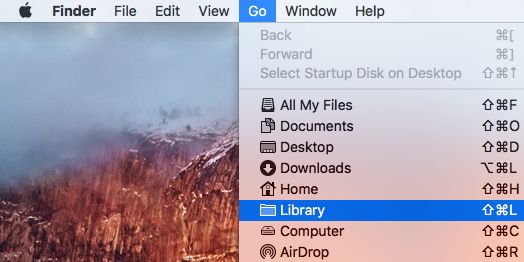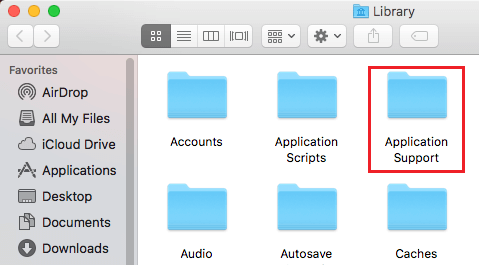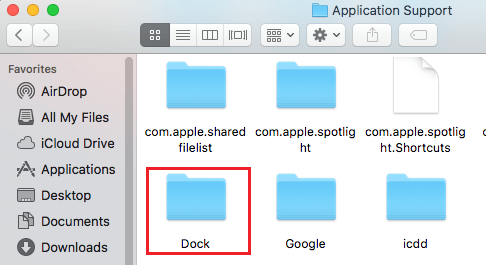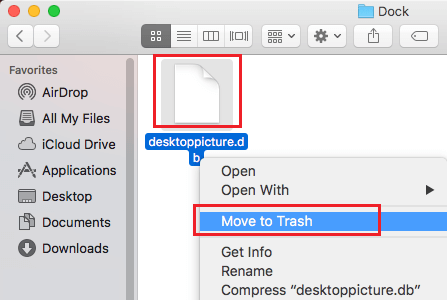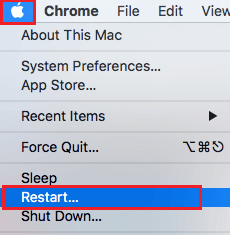The Launchpad On Mac
The Launchpad on your Mac is intended to provide an iOS like environment, making it easy to see, access and manage all the Apps on your Mac in one convenient location. Just like an iPhone, the Mac Launchpad displays a screen full of neatly arranged App icons. In case there are more Apps, the Launchpad creates another page of icons that can be easily accessed by swiping on your Trackpad or by clicking on the page indicators at bottom of the Launchpad. As you must have noticed, the Launchpad never appears sluggish, lags or drags in any way. Every time you click on the Launchpad, it instantly displays App icons, that too in high resolution graphics. This lightning speed of Launchpad is made possible by the cleaver manner in which the Launchpad is programmed in MacOS. The Launchpad maintains its own dedicated database which includes the App icons, information about where the Apps are located in the file system, where the Apps need to be displayed and other related information. This allows the Launchpad to display App icons with lighting speed, which would not be possible if the Launchpad was programmed to build thumbnails for App icons, each time it was launched. Sometimes the Launchpad on Mac is known to suffer from minor failures like Deleted Apps appearing in Launchpad, Apps not appearing in the Launchpad or Apps missing from the Launchpad. Luckily, all such programs can be easily fixed by resetting the Launchpad.
Recover Apps Missing From Launchpad On Mac
Since, the Launchpad relies on its database to store all the information needed for it to perform, most Launchpad related problems can be fixed by forcing the Launchpad to rebuild its internal database. This can be done by deleting the Launchpad Database and then restarting the Launchpad. When the Launchpad is unable to find its Database, it scans for the Apps on your Mac, grabs their icons, and rebuilds its internal Database File.
Left-click your mouse anywhere on the screen of your Mac. This will reveal the Go Option in the top menu bar of your Mac. 2. Next, click on the Go option in the top menu-bar of your Mac.
While you are still on the Go option, press and hold the Option key on your Mac and then click on the Library option that appears when you press down the Option Key.
Note: Press the Alt Key in case you are using a Windows keyboard with your Mac 4. On the Library window, open the Application Support Folder by double-clicking on it.
Next, open the Dock Folder by double-clicking on it.
Inside the Dock Folder, you will see files ending with .db, simply move all the files ending in .db into the trash-bin (See image below).
Next, Click on the Apple icon located in the top menu bar and then click on the Restart… option.
8. You will see a pop-up, click on Restart again. Once your Mac restarts, you should be able to see the missing App icons back in the Launchpad.


